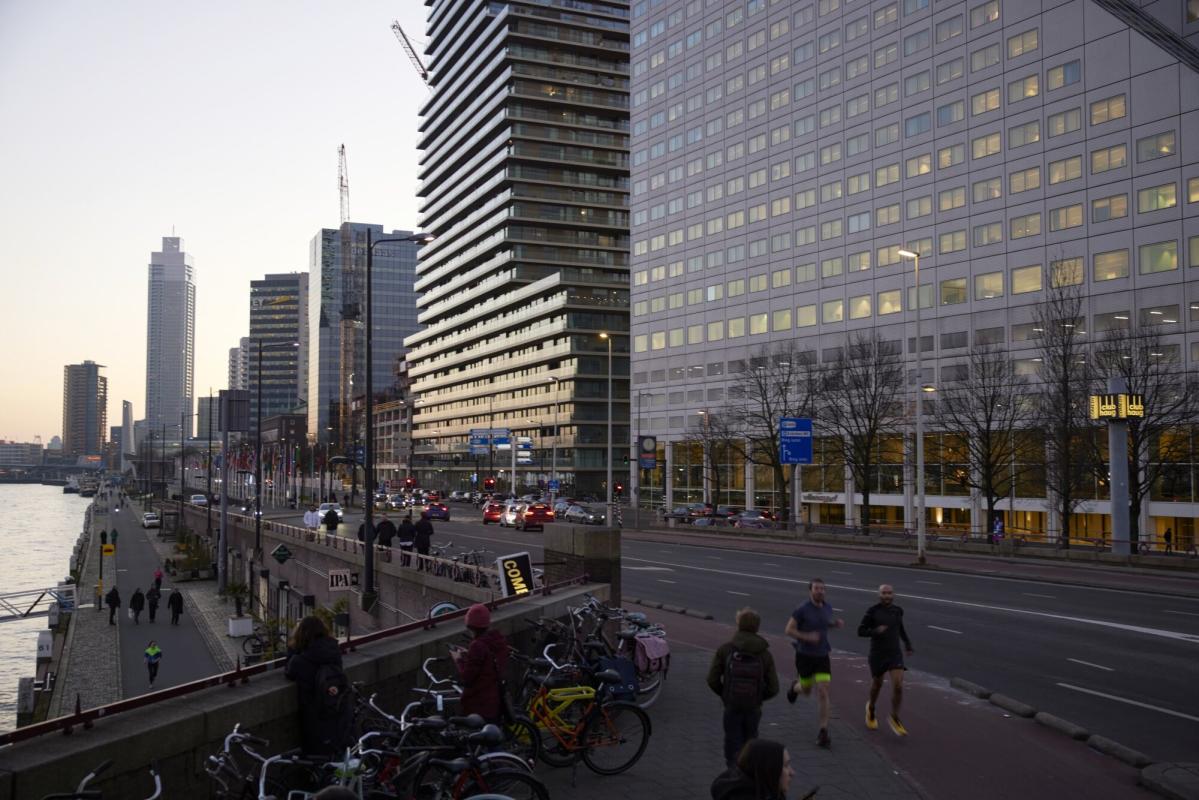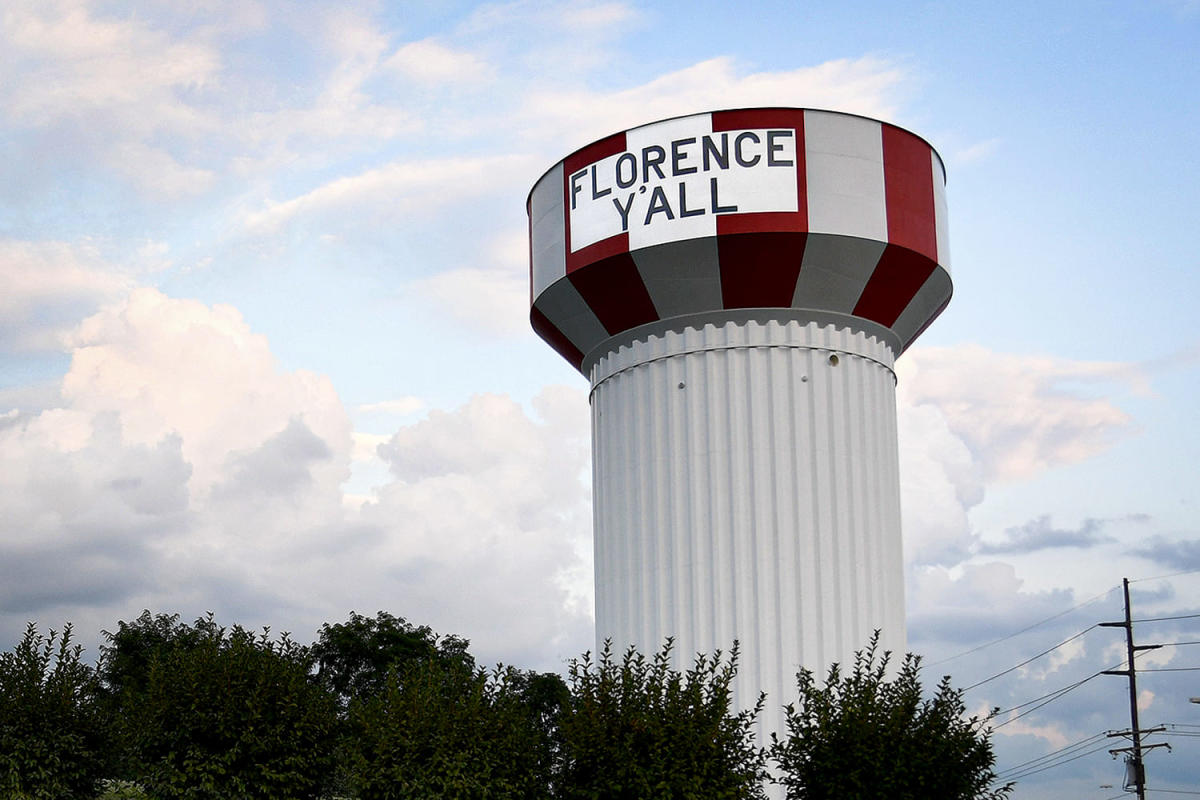(Bloomberg) — At some of the world’s largest banks, commercial real estate lending is facing new litmus tests that promise to shape the industry’s access to financing.
Most read from Bloomberg
It concerns the CO2 emissions of buildings and the expected costs of upgrades needed to stay on the right side of the new green regulations. The European Union has just adopted the Energy Performance of Buildings Directive (EPBD), which is part of a growing body of net-zero regulations. And banks that are too big to fail are starting to respond.
BNP Paribas SA, the European Union’s largest bank, is now targeting cuts of up to 41% of the emissions intensity of its commercial real estate portfolio by 2030. Others, including Banco Santander SA, Barclays Plc, ING Groep NV and NatWest Group Plc, have already taken or are exploring similar measures.
The development marks a new frontier in the way banks deal with the risks in their loan portfolios. CRE portfolios, already hit by higher interest rates and volatile post-pandemic occupancy rates, are now emerging as a new headache for banks whose books are overloaded with old properties in dire need of investment to meet new green demands.
Read more: Big banks’ CRE exposure rises 40% when REIT debt is included
Roxana Isaiu, chief product officer at ESG data and benchmarking provider GRESB, says her company recently met with bankers eager to navigate the new green requirements for buildings. “The signals from the regulators are clear,” says Isaiu, who has so far focused mainly on equity investors.
While the rollout of EPBD in the EU is likely to take place over a number of years, it is already clear that buildings that fall behind risk becoming stranded assets that can no longer be sold or rented. The EU estimates that around 85% of buildings in the bloc were built before 2000, with 75% of them having ‘poor energy performance’.
The risks vary from country to country, with the Netherlands, according to Isaiu, being an example of a place where commercial real estate is more energy efficient than most other countries. But even there, a third of the market does not meet energy performance certificate level (EPC) C, a minimum requirement in place since early 2023, she said.
And European initiatives to tackle the problem are coming “much slower than anyone expected,” Isaiu said.
Banks that find themselves saddled with CRE assets that are too expensive to retrofit may turn to private markets to hedge such risks. There are also indications that some banks are beginning to explore so-called synthetic securitizations that protect them from the potentially higher capital costs associated with issuance by transferring that risk to outside investors.
Read more: Hedge Fund veterans pitch first-ever carbon risk transfers
Unlike private equity or private credit investors, banks often have less access to relevant energy performance data for their CRE portfolios, making it more difficult for them to manage such risks.
The commercial real estate sector’s ability to keep pace with the planned transition to a low-carbon economy is “heavily dependent” on adapting the existing building stock, BNP said in an emailed response to questions. The approximately 80% of existing buildings expected to exist in 2050 will require a “significant acceleration of renovations,” the bank said.
This has consequences for the types of loans that BNP is willing to provide and for the types of bonds it accepts. For example, the bank now says its origination desks will include climate impact as a “decision criterion” before providing debt financing for CRE. BNP, which ranks as the world’s largest insurer of green bonds, says it is also exploring ways to increase its share of green asset financing.
Santander, Spain’s largest bank, started analyzing the emissions risk of its CRE assets last year and is still figuring out how to decarbonize the portfolio, a spokesperson told Bloomberg. The bank has not yet made its conclusions public.
In Britain, Barclays is now targeting a 51% reduction in issuance intensity in its home market CRE portfolio by 2030. A bank spokesperson said Barclays is working closely with clients to address the risks associated with financed issuance suits, but notes that the situation requires a ‘systematic change’ in policies that are often beyond Barclays’ control.
The EU estimates that buildings in the region absorb more than 40% of the energy consumed, making the environmental risk difficult for banks to ignore. The bloc has set a target to reduce greenhouse gas emissions in the construction sector by 60% by 2030, and bank financing will inevitably play a key role in that process.
Banks that fall behind not only risk being reprimanded by regulators, but also increasingly face the threat of climate lawsuits. For example, BNP is struggling with an ongoing climate lawsuit alleging that the bank has failed to comply with its so-called duty of vigilance, which under French law is an obligation for companies to ensure that their activities do not have a negative impact on a number of parameters, including the environment .
BNP says it is also looking at its residential real estate loan portfolio, but has stopped short of setting explicit targets for emissions financed due to the sheer complexity of the area. This complexity is largely caused by the numerous differing national regulations in the EU member states.
Local regulations are still developing and the national implementation of the European directive on the energy performance of buildings remains unclear, BNP says. It wants policymakers to do more to help the financial sector deal with such challenges.
“We are talking about a retail sector with 75% of European homes needing renovation by 2030, which will impact millions of households,” BNP said. The bank says any restrictions on financing shaped by green policies should be introduced “without hindering access to housing in a tight macroeconomic environment.”
However, reducing financed emissions from the housing book is now a “strategic initiative” at BNP, the bank said. It expects to provide an update on the impact on the sector’s access to finance in 2025.
–With help from Gina Turner and Alastair Marsh.
Most read from Bloomberg Businessweek
©2024 BloombergLP







